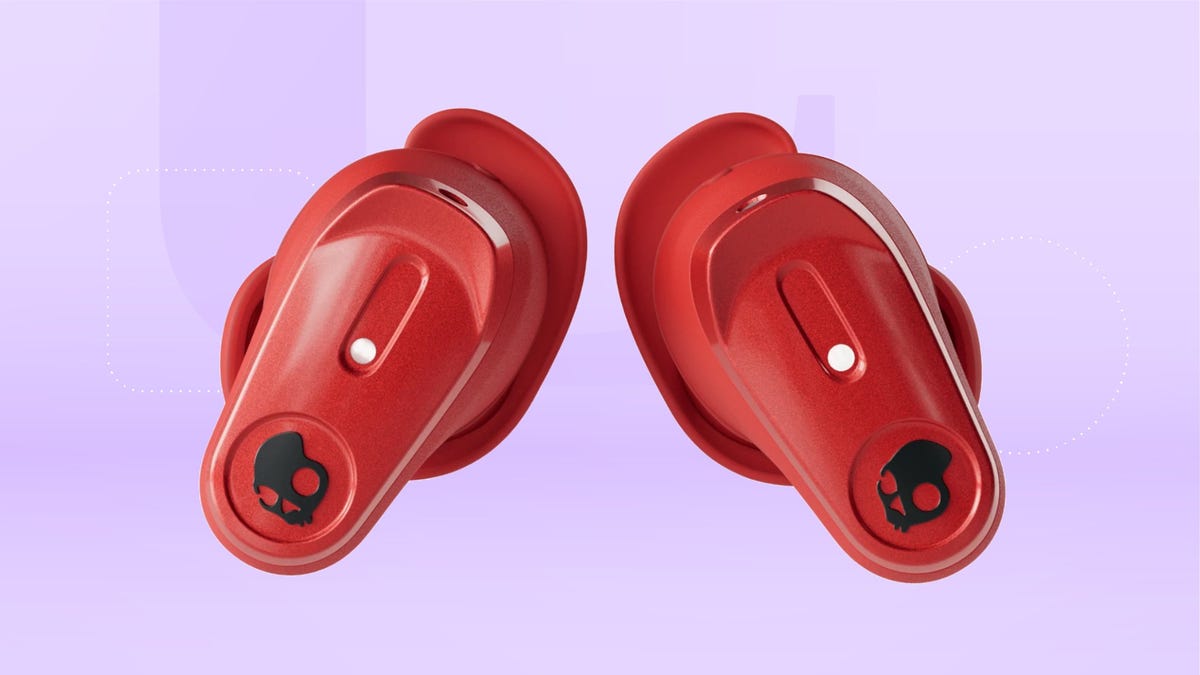Panasonic’s premium Technics EAH-AZ80 true-wireless earbuds came out in 2023 and made our list of best-sounding wireless earbuds. Now Panasonic has released a new set of flagship earbuds, the EAH-AZ100, which feature a more compact design along with improved sound quality, noise canceling and voice-calling performance. One of the key upgrades here is Panasonic’s newly developed proprietary Magnetic Fluid Driver that it says creates “clean, high-resolution, low-vibration and low-distortion sounds for the most authentic, balanced audio that’s true to the original source.” According to Panasonic, the “magnetic fluid” is an oil-type liquid filled with magnetic particles that is “injected into the space between the driver magnet and voice coil that enables low-distortion playback.” This type of driver is found in Technics high-end EAH-TZ700 wired in-ear monitors ($1,200), and it’s been miniaturized for use in the AZ100s, which do indeed sound great, offering satisfying clarity, bass definition and openness.
Like all great sounding headphones, the AZ100s come across as natural and accurate and bring out those little details and nuances in tracks that are missing when you’re listening to lesser headphones are earbuds. As for features, the AZ80s allowed you to connect to 3 devices simultaneously and the AZ100s retain this triple multipoint Bluetooth pairing option. The AZ100s add Dolby Atmos spatial audio with head tracking, a nice bonus that you’d expect in a pair of $300 earbuds.
Designed to fit more ears comfortably, Panasonic says the Technics AZ100s are 10% smaller and 16% lighter than the AZ80s. A fifth medium-large ear tip has also been added to ensure more users get a tight seal, which is crucial to optimizing sound quality and noise-canceling performance.
Battery life was one of the strong points of the AZ80s and the AZ100s also appear to have very good battery life. They’re rated for up to 10 hours with noise-canceling on at moderate volume levels using the AAC audio codec. If you use the LDAC audio codec that’s available with many Android devices, battery life is reduced to up to 7 hours with noise canceling on. After testing the buds for a few weeks (and updating the firmware once), I also thought the noise-canceling and voice-calling were both improved from what I experienced with the AZ80s.
Read the full article here


